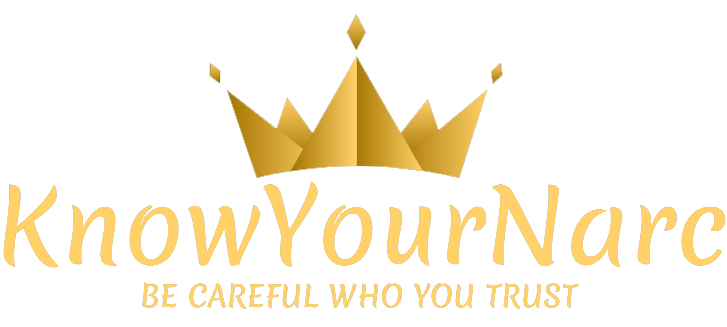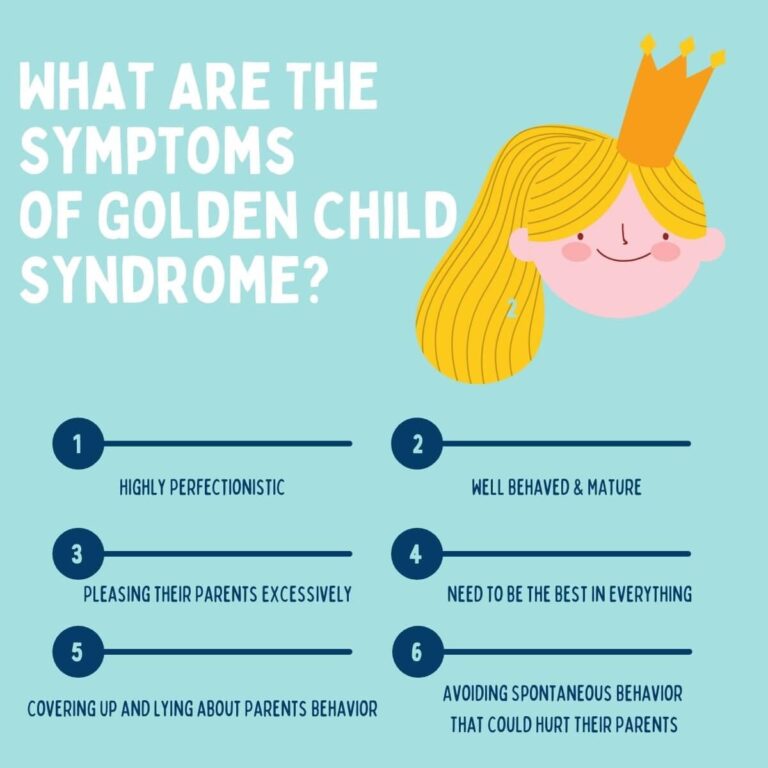In families affected by narcissistic dynamics, roles often emerge that deeply shape the emotional landscape for everyone involved. Among these roles, the “Golden Child” and the “Scapegoat” stand out as powerful and painful reflections of the family’s struggle with control, approval, and identity. Understanding these roles can be the first step toward healing, both for those trapped within these patterns and for those seeking to support them. In this article, we’ll gently explore what it means to be the Golden Child or the Scapegoat in a narcissistic family, uncovering the hidden wounds and the surprising ways resilience can grow from these difficult experiences.
Table of Contents
- Understanding the Roles of the Golden Child and Scapegoat in Narcissistic Families
- The Emotional Impact of Family Dynamics on Children’s Self-Worth
- Recognizing Signs and Breaking Free from Toxic Family Patterns
- Healing Strategies and Support for Survivors of Narcissistic Family Abuse
- Final Thoughts
Understanding the Roles of the Golden Child and Scapegoat in Narcissistic Families
In families dominated by narcissistic dynamics, roles are often rigidly assigned, creating a distorted ecosystem where children struggle to find their authentic selves. The Golden Child is typically lauded as the perfect offspring, embodying the narcissist’s idealized vision. This child often receives excessive praise and attention, but beneath the admiration lies an enormous pressure to uphold an impossible standard. Their worth is conditional—based on achievements, conformity, and maintaining the family’s illusion of perfection. This dynamic can lead to feelings of isolation, anxiety, and a deep fear of failure, as the Golden Child learns early on that love and acceptance come with strings attached.
Conversely, the Scapegoat serves as the family’s designated ‘problem’ or source of blame, absorbing the narcissist’s frustration and scrutiny. This child’s behavior is often criticized or punished, regardless of their actions, because their role is to distract from the narcissist’s own shortcomings and deflect family tensions. Over time, the Scapegoat internalizes negative messages and can develop issues with self-worth and trust. Yet, this role also carries the unintended consequence of fostering resilience and a hidden courage to challenge the unhealthy family narrative. Together, these polar roles create a cycle of imbalance that impacts emotional development and family cohesion.
- Golden Child: Held to unrealistic expectations, conditional love, pressure to succeed
- Scapegoat: Blamed unfairly, punished, often misunderstood
- Both: Struggle with identity, self-esteem, and emotional boundary-setting
The Emotional Impact of Family Dynamics on Children’s Self-Worth
Children caught in the whirlwind of shifting family roles often find their self-esteem eroded under the weight of conflicting expectations. The golden child may feel pressured to maintain perfection, constantly seeking approval to validate their worth, while the scapegoat internalizes blame, carrying an unfair burden of criticism that chips away at their confidence. This emotional tug-of-war breeds a hidden turmoil where love and acceptance feel conditional, leaving children questioning their inherent value beyond the roles imposed upon them.
Such dynamics manifest in various subtle yet profound ways, including:
- Chronic anxiety stemming from unpredictable emotional climates
- Difficulty trusting others, fueled by inconsistent parental support
- Identity confusion due to constantly shifting familial narratives
- Reduced resilience when facing outside criticism or failure
Ultimately, these wounded self-perceptions make the journey toward healthy self-worth a challenging but essential process, requiring compassionate understanding and healing beyond the family’s limited script.
Recognizing Signs and Breaking Free from Toxic Family Patterns
Living within a narcissistic family dynamic often means enduring a cycle where emotional manipulation and favoritism distort relationships. The golden child may be showered with praise and excessive expectations, while the scapegoat absorbs blame and criticism, creating a toxic equilibrium that isolates both individuals emotionally. Recognizing this destructive pattern involves tuning into subtle cues such as chronic guilt, persistent self-doubt, or an unexplained sense of responsibility for family discord. These signs signal that the family system thrives on division and control, not on genuine support or love.
Breaking free requires more than just awareness—it demands intentional actions that reclaim personal power and redefine boundaries. Consider steps like:
- Setting firm limits around interactions that drain your energy or impinge on your autonomy
- Seeking external support through therapy or trusted allies who validate your experience
- Reevaluating the roles you’ve been assigned and consciously choosing how to engage moving forward
Remember, healing is not linear, and escaping the gravitational pull of toxic roles takes courage. But by acknowledging these patterns and intentionally dismantling them, you create space for authentic connection and emotional freedom.
Healing Strategies and Support for Survivors of Narcissistic Family Abuse
Recovering from the complex emotional wounds inflicted within narcissistic family dynamics requires a compassionate and multifaceted approach. It’s vital for survivors to prioritize self-validation, acknowledging that their experiences and feelings are real and justified. Establishing strong boundaries becomes a cornerstone of healing—this might mean limiting or completely disengaging from toxic family interactions to preserve one’s mental and emotional well-being. Seeking professional support, such as trauma-informed therapists trained in narcissistic abuse recovery, can provide safe spaces to unpack the layers of manipulation and rebuild a nourishing sense of self.
In addition to therapy, survivors often find strength in supportive communities where their stories are heard without judgment. Joining support groups or online forums can foster a sense of belonging and reduce isolation. Practical strategies include:
- Mindfulness and grounding exercises to manage anxiety triggered by family memories
- Journaling to chronicle progress and unravel emotional patterns
- Educational resources on narcissistic abuse to better understand family dynamics and prevent re-traumatization
- Developing new, positive relationships that affirm worth and foster genuine connection
Embracing these tools empowers survivors to reclaim their narrative and cultivate resilience beyond the shadows of narcissistic influence.
Final Thoughts
Navigating the complex dynamics of narcissistic families is never easy, especially when roles like the Golden Child and Scapegoat dictate how love and attention are doled out. If you see yourself in one of these roles, remember that understanding these patterns is the first step toward healing. It’s okay to seek support, set boundaries, and reclaim your sense of self beyond these imposed labels. Healing is a journey, and you don’t have to walk it alone. Thank you for reading—may this glimpse into narcissistic family roles bring you clarity and compassion on your path forward.

